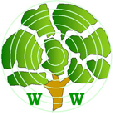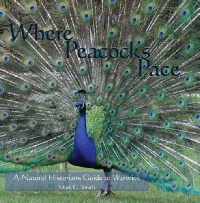




 Download PDF
Download PDF
The return of the Common Buzzard to Warwickshire and it’s possible use as an indicator for the return of the Common Raven and Red Kite. (2007)
The distribution and population size of Mute Swans (Cygnus olor) in Warwick -
The Red Kite in Warwickshire (2013) -
Distribution of threatened farmland birds in Warwickshire. (2010)
Assessment of suitable nest box locations for the Barn Owl (Tyto alba) in Warwickshire. (2009)
Support document for Warwickshire’s Ornithological Local Biodiversity Action Plans. (2006)
Birds
Feasibility study for the reintroduction of the Water Vole (Arvicola amphibus) to the Warwick Avon. (2010)
The distribution of molehills of the European Mole (Talpa europea) in a sub-
Outline Habitat Suitability Index for the European Hedgehog -
Animals
Scientific assessment of the landscape and species ecology concerning the Princethorpe Great Woods project. (2004)
Tidmarsh Road Leek Wootton. Site Inspection. (2008)
The Lunches (Leek Wootton) a Proposal for LNR status. (2008)
Habitat Fragmentation: Its effects and the production of guidelines for its assessment. (2001)
The Wildlife of the Saxon Mill -
Habitats
Where Peacock’s Pace: A Natural Historians Guide to Warwick.
The county town of Warwick is perhaps best known for its fine medieval castle and its ancient history of kings, battles and a heroic endeavours but there are other less spoken of tales, those that concern the towns natural heritage and the fauna and flora that have thrived alongside the townsfolk for generations.
Where Peacocks Pace is a new book that traces the natural history of Warwick from the earliest days of prehistory in the time of the dinosaurs up to the present day. Six Chapters explore in depth key places in the town and explain how man and nature have shaped them. The book also includes sections on Where and how to see some of the species mentioned in the book and a list of species recorded in the town.
The areas covered in the book include Warwick Castle and its Grounds, Priory Park, Common Land, The River Avon and the Town Centre and its suburbs. Why did Warwick have a sand dune by the river? What was the Sea Monster displayed at the Racecourse? And What rare plant from the Holy Lands can be found in the town? All these questions and many other interesting facts about Warwick are answered in this book.
Available to buy from local bookshops or via the buy now button on the right.

Books